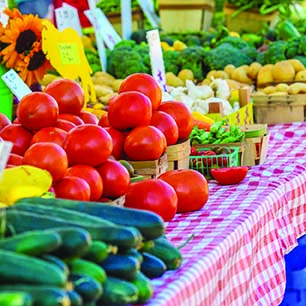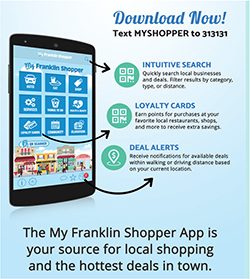Valentine’s Day is rife with tradition. Couples may have their own unique traditions, but others, like Valentine’s Day date nights, are widely popular.
One Valentine’s Day tradition many couples embrace is the exchange of gifts. Shoppers might not need much advice when purchasing heart-shaped boxes of chocolates or flowers for their sweethearts. However, when shopping for jewelry, Valentine’s Day celebrants may feel as though they’re in over their heads. The following tips, courtesy of the Better Business Bureau®, can help shoppers as they navigate the potentially confusing process of buying jewelry.
Diamonds
The BBB notes that diamonds’ value is based on color, cut, clarity, and carat. Often referred to as the “4 Cs,” this criteria refers to the grade of the color (color), the way the diamond is finished (cut), how flawless the diamond is (clarity), and its weight (carat). When shopping for diamonds, the BBB advises asking jewelers if they have the most up-to-date testing equipment, which makes it easier for them to distinguish between diamonds and lab-created gemstones. That’s important, as lab-created gemstones resemble diamonds and may not be detectable if jewelers are using testing equipment designed to identify cubic zirconia.

Colored gemstones
Colored gemstones are very popular, and the BBB notes that various new stone treatments have been developed to improve their appearance and durability. However, the BBB also notes that such treatments may adversely affect the value of the gem and necessitate special care in order to maintain the gem’s appearance. When shopping for colored gemstones, ask the jeweler if an item has been treated and if there’s any special maintenance required. Imitation or assembled stones may look like natural stones, so shoppers should ask if a stone is natural, synthetic or imitation before purchasing anything.
Gold
When used alone, the word gold implies an item is all gold or 24 karat gold. But the BBB notes that gold is naturally soft and, as a result, is typically mixed with other metals to improve its hardness and durability. The karat-quality marking indicates what proportion of gold is mixed with other metals. For example, the most common mark for gold jewelry is 18K of 750, which signifies an item is 75 percent gold. Lower-karat gold jewelry may include copper, silver, zinc, or other metals. Consumers should ask about these alloys and determine if the item’s ultimate recipient is allergic to certain metals or if he or she has a high acid content in their bodies. People with high acid content in their bodies may have their jewelry turn black as a result.
Buying jewelry can be intimidating. However, jewelry buyers can work with their jewelers to find a beautiful piece their sweethearts will be proud to wear this Valentine’s Day.
More information on buying jewelry can be found at www.bbb.org.











 · Wine tasting: Find a local winery that offers tours and other wine-tasting experiences. Many areas of the country not particularly known as meccas for wine are still homes to local wineries. Treat a loved one to a day at a nearby winery or vineyard, bringing along some snacks, such as bread and cheese, to pair with the wines.
· Wine tasting: Find a local winery that offers tours and other wine-tasting experiences. Many areas of the country not particularly known as meccas for wine are still homes to local wineries. Treat a loved one to a day at a nearby winery or vineyard, bringing along some snacks, such as bread and cheese, to pair with the wines. · Head in the clouds: Book a trip aboard a sight-seeing plane, balloon or helicopter for the high-flying thrill-seeker on your holiday shopping list. Contact a nearby airport or sightseeing company to find out what is available. Some tours circle national monuments and points of interests, providing more bang for the buck.
· Head in the clouds: Book a trip aboard a sight-seeing plane, balloon or helicopter for the high-flying thrill-seeker on your holiday shopping list. Contact a nearby airport or sightseeing company to find out what is available. Some tours circle national monuments and points of interests, providing more bang for the buck.



 · St. Martin: Also known as St. Maarten, this paradise offers two different cultures for the price of one. The island shares French and Dutch territory status. Visitors who like to eat well and party into the morning often find St. Martin an ideal destination.
· St. Martin: Also known as St. Maarten, this paradise offers two different cultures for the price of one. The island shares French and Dutch territory status. Visitors who like to eat well and party into the morning often find St. Martin an ideal destination.

